Radar is a military equipment that performs the task of monitoring national airspace and sea, so it is highly confidential.

In 2010, Viettel was assigned to produce airspace surveillance radars. Few people believed that a telecommunications company would make a difference in a field where Vietnam's capacity was almost negligible.
In the country, most military units are only capable of researching and improving some types of old generation radars. In the world , there are only 8 countries with large defense industrial complexes that have the capacity to do this work.
On January 19, 2011, Viettel Research and Development Institute (the predecessor of Viettel High Technology Industry Corporation (VHT)) was established. The unit's mission at that time was to research and produce radar and manufacture a complete product. The first radar project had only 5 people, each in charge of a department and knowledge of radar at that time was zero.
During the period 2010-2014, to start manufacturing the radar, Viettel engineers had to coordinate with another unit to complete the product. But this was just a modernized product from the old radar station. Also during that time, in parallel with manufacturing the above product, based on the design research foundation as well as practical experience, an air defense warning radar was born by Viettel itself: the 2D warning radar with low decimeter wave range.
As a person who directly participated in the production research team and the acceptance process, Major Tran Vu Hop, Director of the Radar Center (VHT), said that the testing site took place in Kien Xuong (Thai Binh) on a remote mound of land, surrounded by a cemetery.
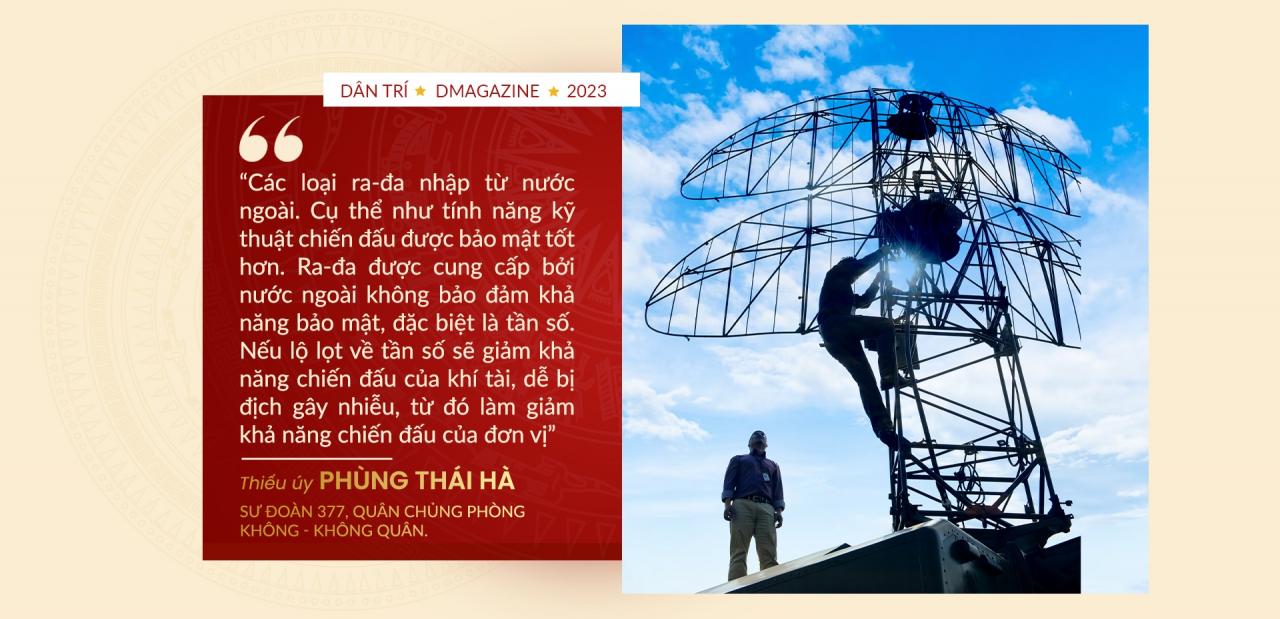
"The time we worked here lasted for 3-4 consecutive months, working continuously from Monday to Saturday with an intensity of 12-14 hours/day. The image of engineers typing on the keyboard while awake and hugging the keyboard while sleeping was very familiar," Major Hop recalled.
The director of the radar center added that the project team working in the cabin consisted of 6-7 specialized departments. To save time, the departments rested on the spot and took turns sleeping, and when it was the department's turn to operate the system, that department would wake up to perform the task.
In January 2015, the 2D low decimeter radar product was successfully tested and accepted by the Ministry of National Defense, after which the product was mass produced to equip the military branches. This is the first product in the radar field that Viettel has completely mastered from the design to the manufacturing process.
Lieutenant Phung Thai Ha, Division 377, Air Defense - Air Force commented: "Radar researched and produced by Viettel is different from radars imported from foreign countries. Specifically, the technical combat features are better secured. Radars provided by foreign countries do not guarantee security, especially frequency. If the frequency is leaked, the combat capability of the equipment will be reduced, making it susceptible to enemy interference, thereby reducing the combat capability of the unit."
In 2017, this air defense radar product was exported to Laos. This event put Vietnam on the list of a few countries in the world that can successfully produce modern military equipment to manage airspace.
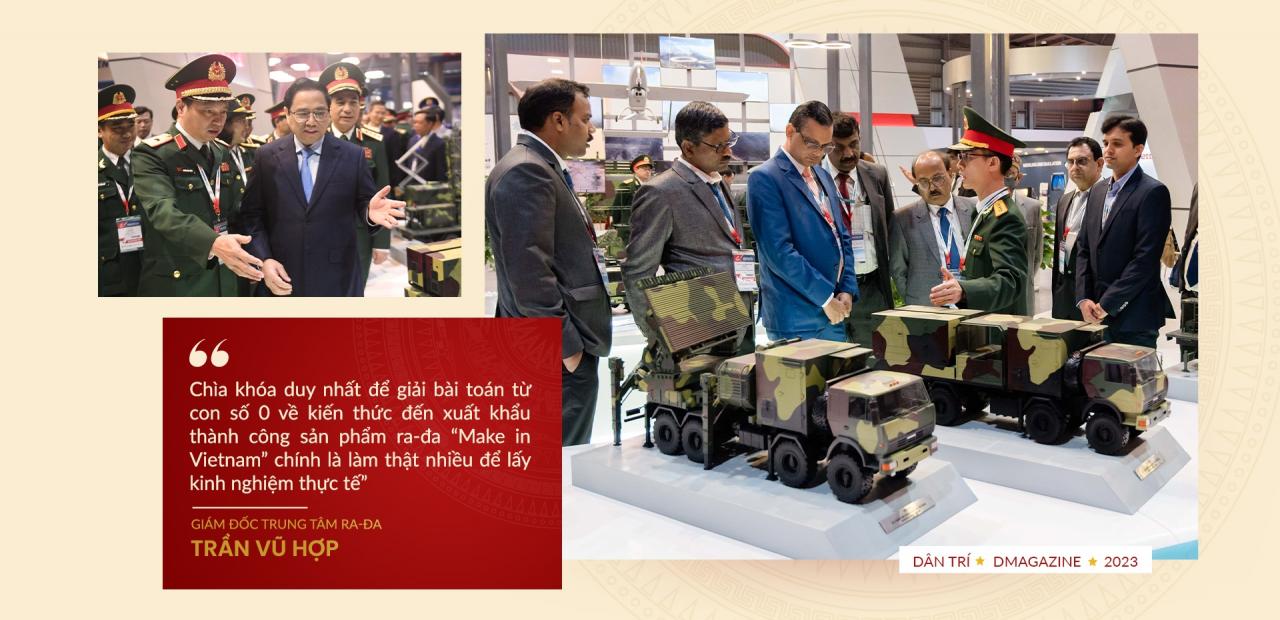
To achieve the "sweet fruit" is a process of continuous learning for VHT engineers. According to the Director of Radar Center Tran Vu Hop, the only key to solving the problem from zero knowledge to successfully exporting "Make in Vietnam" radar products is to do a lot of work to gain practical experience.
Mr. Hop analyzed that when spending a lot of time on work, really "rolling around" with the product, you will be able to solve even the smallest details.
The image of teachers from the Military Technical Academy working with VHT engineers until late at night was not uncommon at that time because the teachers themselves also "felt" Viettel culture.
"That is never working overtime but only resting when the work is done. To make a complete radar product, you have to pay the price in time and cannot skip steps," Director Tran Vu Hop recalled.

In May 2018, after 3 years of research and testing, the VRS-CSX medium-range maritime surveillance radar product manufactured by VHT was successfully accepted by the Ministry of National Defense. This is the premise for the product to be mass-produced and put into service in the Navy.
Engineer Le Trung Duc, Head of the VRS-CSX Medium Range Marine Surveillance Radar Project, shared that this product is capable of detecting targets on the water surface at a distance of up to 100 nautical miles (equivalent to 185km), with very high accuracy - less than 15m; capable of detecting low-flying targets at sea at a maximum distance of 50 nautical miles (nearly 90km) and capable of processing more than 1,000 targets simultaneously.
The VRS-CSX radar station is capable of operating 24/7 in all weather and harsh climate conditions in Vietnam, especially in environments with high sea salt concentrations. Notably, thanks to research and application of the latest 4.0 technologies in the field of artificial intelligence, the VRS-CSX medium-range maritime surveillance radar station can apply neural networks for the purpose of detecting and tracking targets on a dense noise background, while supporting the classification and identification of target types in the observation area, helping to enhance the warning and combat capabilities of the Vietnam Navy.
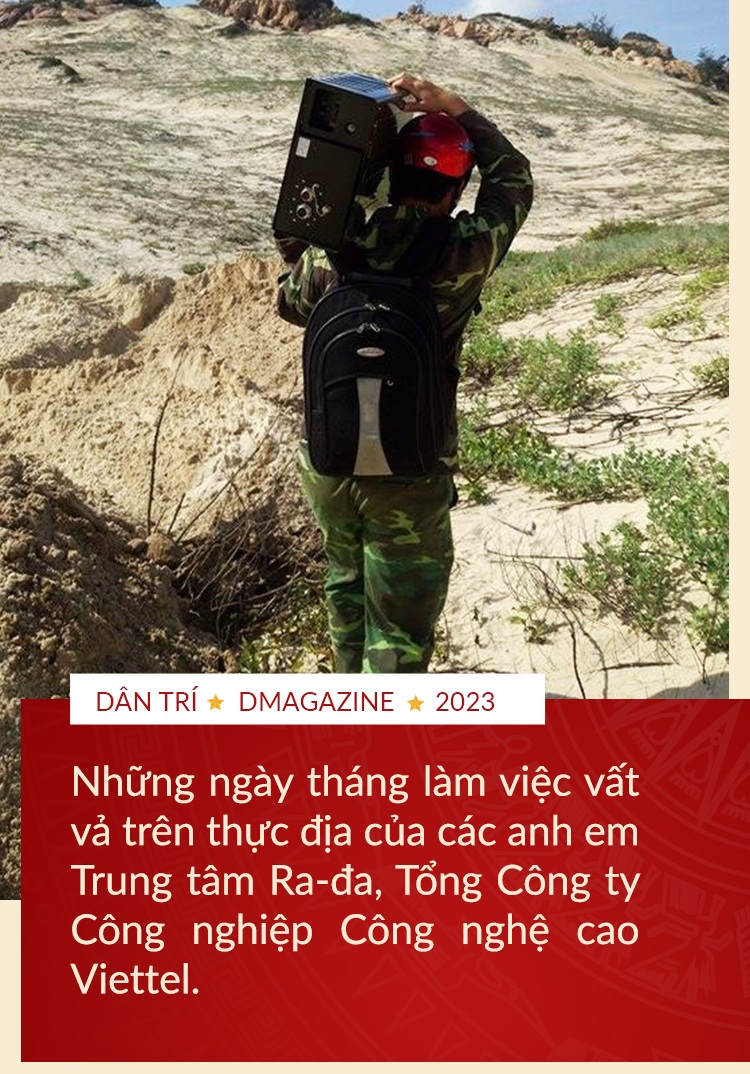
Engineer Le Trung Duc recalls the story that started in 2015. The Navy needed to equip a radar station with the function of observing and detecting low-altitude targets at sea and in the air.
The technological requirement is that the equipment must possess technical and tactical parameters equivalent to the French Score 3000 radar station that the Army is using, but needs to be improved to suit Vietnam's combat conditions. The problem is clear enough, but of course, the "solution" is not simple.
Under the leadership of Mr. Tran Vu Hop, Director of Radar Center, VHT, a group of about 20 young engineers was assembled and immediately began research work.
At that time, radar stations like Score 3000 operated in the X band, using the most advanced and modern technologies in the world. Meanwhile, VHT had only manufactured UHF band radar stations with a young fund of experience and knowledge.
Engineer Le Trung Duc said that the Ministry of National Defense basically set the VHT's mid-range maritime surveillance radar as equivalent to the French Score 3000 radar. However, the Score 3000 radars are always in a state of combat readiness, so VHT engineers do not have many opportunities to closely access the components of this equipment.
Therefore, VHT engineers were forced to solve the system parameters by being completely autonomous in the design. As for the final user interface, VHT engineers designed 36 versions to meet all the requirements from the naval unit. And in October 2016, VHT launched the prototype product, which basically formed the combat-technical features of this medium-range maritime surveillance radar.
During the gestation process until a complete radar product is born, VHT engineers have had to "taste the honey and lie on thorns" many times.
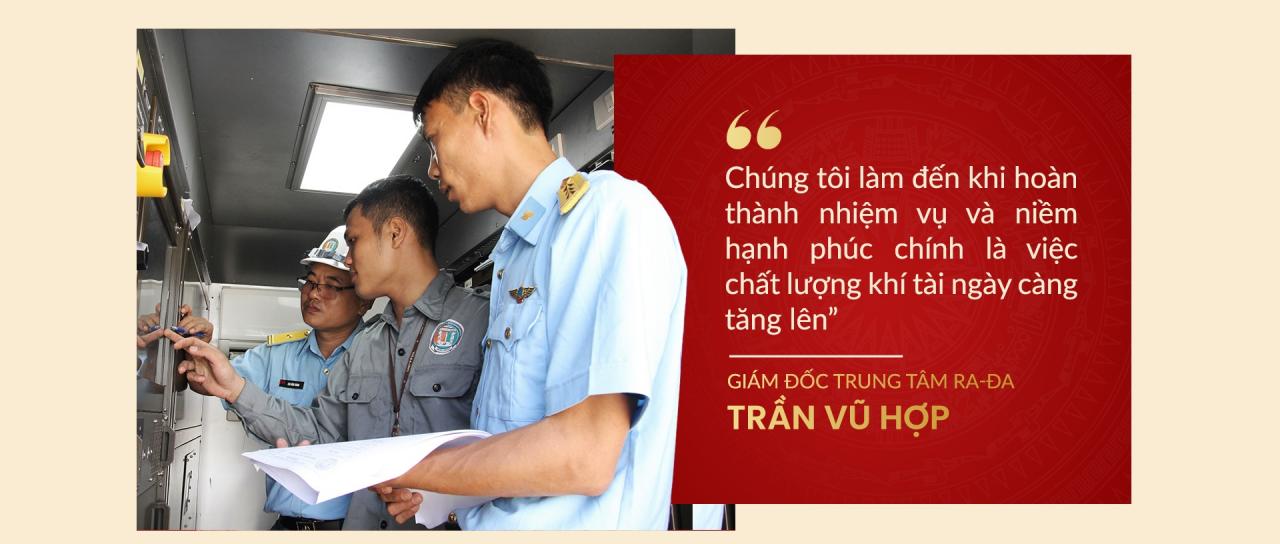
In early November 2020, the team implementing the medium-range coastal surveillance radar project organized field acceptance tests at a number of radar stations, preparing for acceptance at the Ministry of National Defense of a batch of 17 mass-produced stations.
The field acceptance test at radar station 510 (Hoang Hoa district, Thanh Hoa) took place when the locality was experiencing heavy rain due to the impact of storm No. 13. However, with the spirit of ensuring the proposed plan, the project team was still determined to bring the measuring device and tools to radar station 510 on top of Lach Truong mountain.
During the journey, the road was very slippery and muddy, the car was spinning sideways, the engineers had to get out and spread rocks and branches on the road to help the car move meter by meter. When about 600m from the station, the car could not go any further, the team of engineers decided to walk bareheaded and barefoot in the rain carrying the machinery to the station.
Despite the hardship, no engineer left their post. "We work until the task is completed and the happiness is that the quality of the equipment is increasing," Mr. Tran Vu Hop shared.

If in the past, Vietnam was only known as a country that was behind the world in technology and only received technology transfers from other countries, now with the mastery of radar, the situation has changed.
The initial successes in researching and manufacturing high-tech equipment are proof that if we have the aspiration and courage to overcome challenges, Vietnamese people can absolutely rise up in science and technology.
Up to now, radar products researched and developed by VHT are diverse in types such as 2D, 3D radars of the 2nd, 3rd, and 4th generations, to perform surveillance missions, detect targets in the air and at sea, and direct firepower.
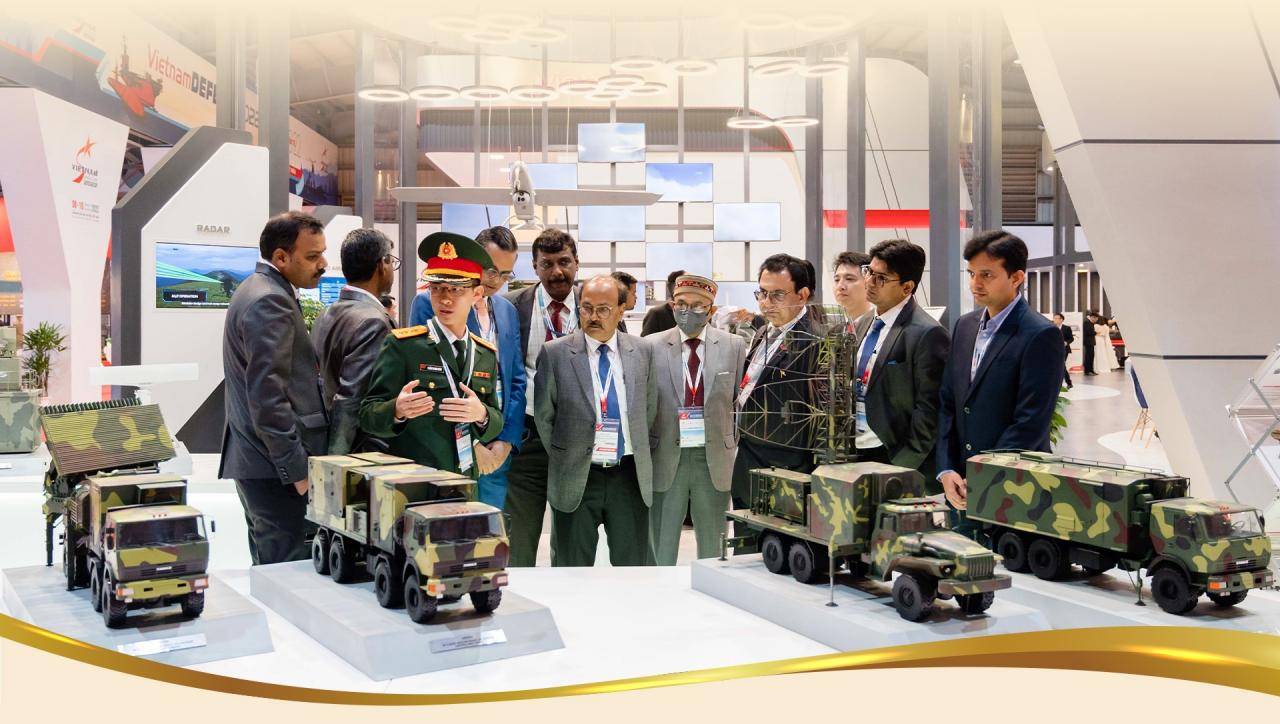
VHT's radar products apply the latest technologies in the world today, such as: Direct high-frequency digitalization technology; active electronic beam scanning phased array antenna technology; continuous linear frequency modulation signal transmission and reception technology... VHT clearly identifies itself as a full-service enterprise, meaning a complete package from research, production, business to after-sales activities (warranty, maintenance, and repair).
The result of VHT's continuous efforts is that radar stations are installed in many regions of the country, from Quang Ninh, Hai Phong to the coastal area of Phu Quoc (Kien Giang)...
In the near future, besides the goal of continuing to maintain the leading brand in Vietnam, VHT aims to be in the Top 5 leading radar designers and suppliers in Asia by 2025.
Photo: Provided by VHT
Dantri.com.vn




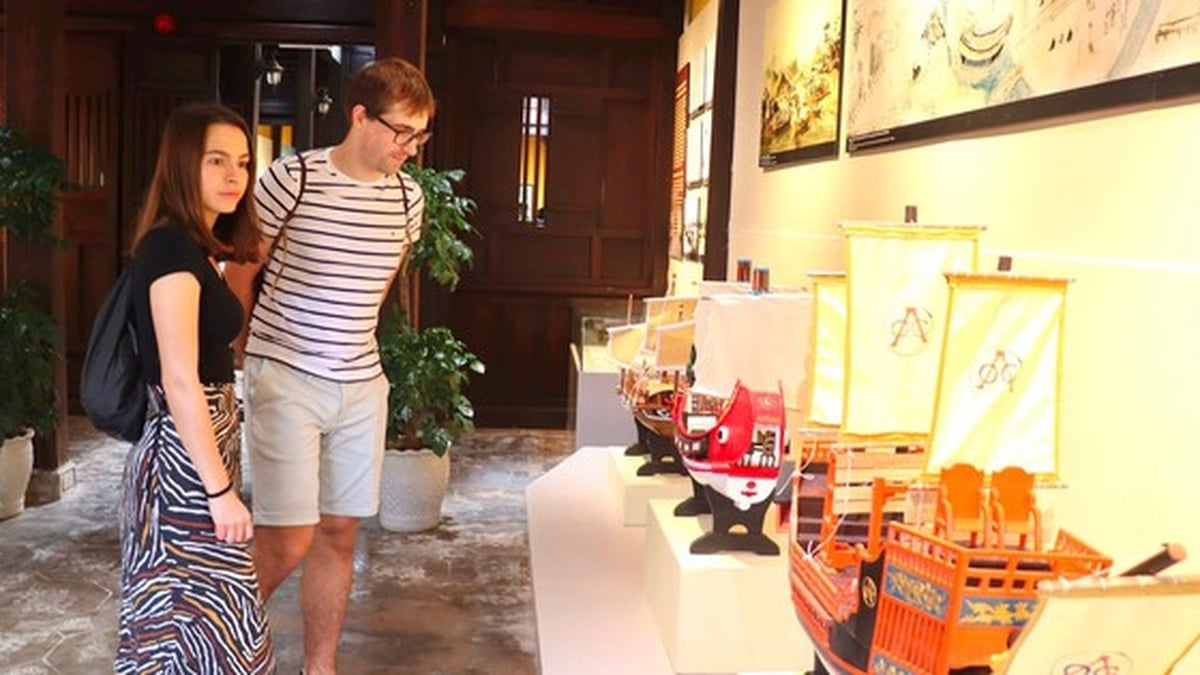
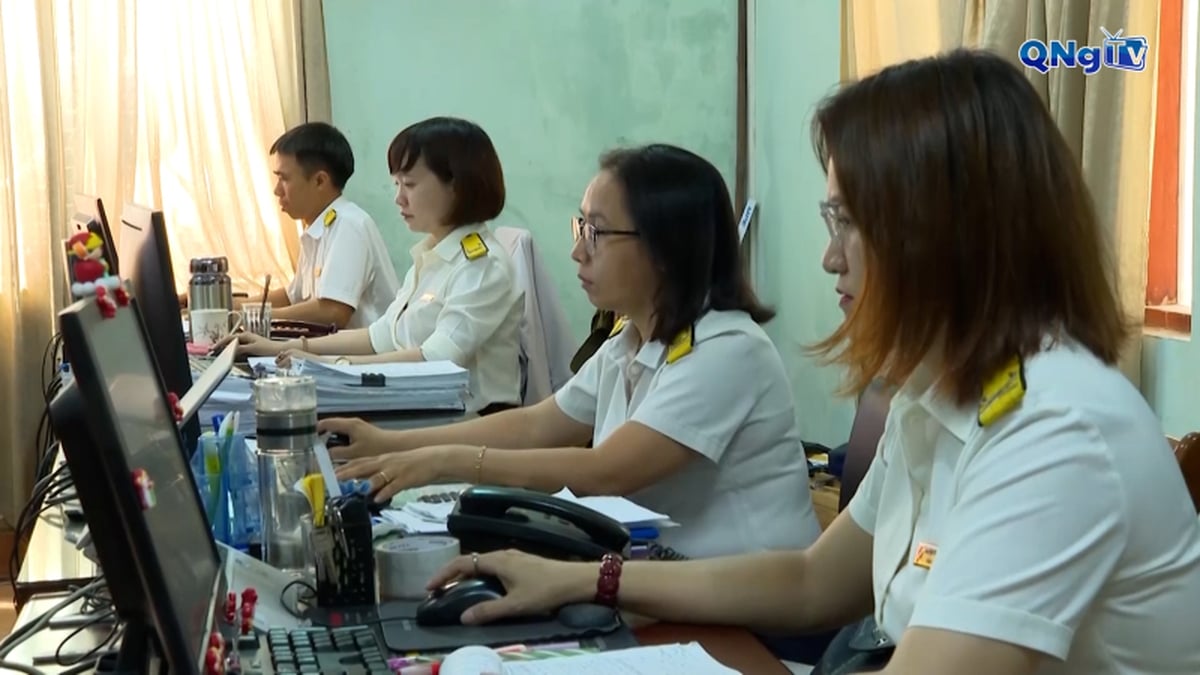
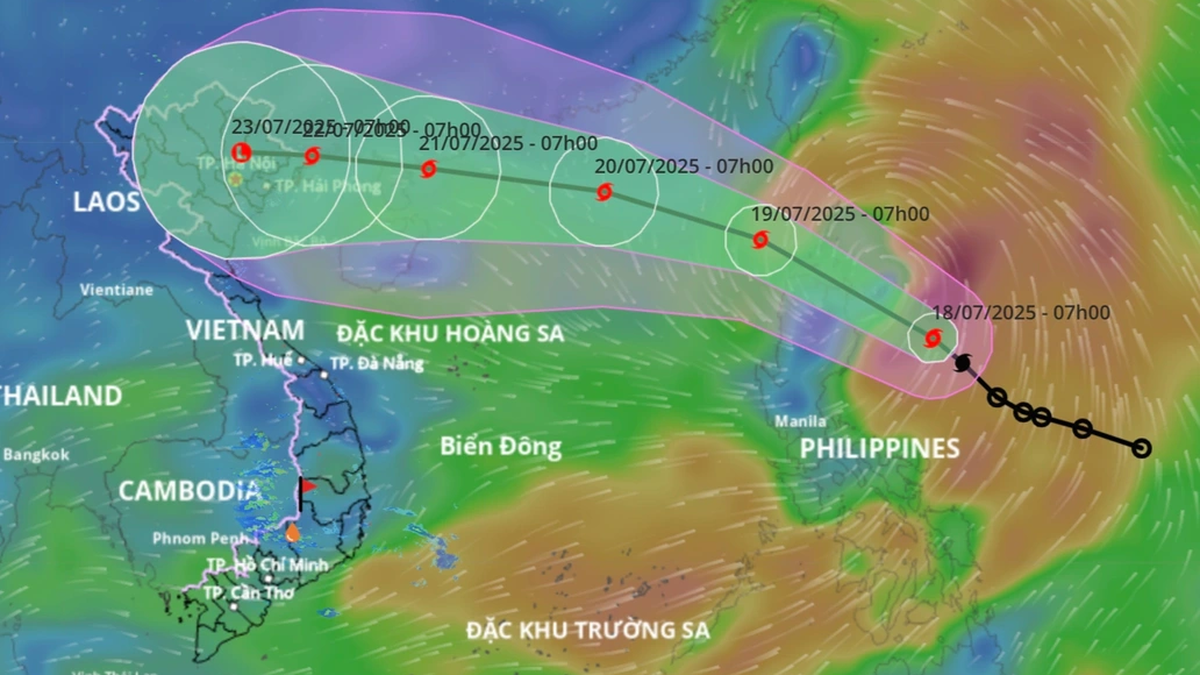



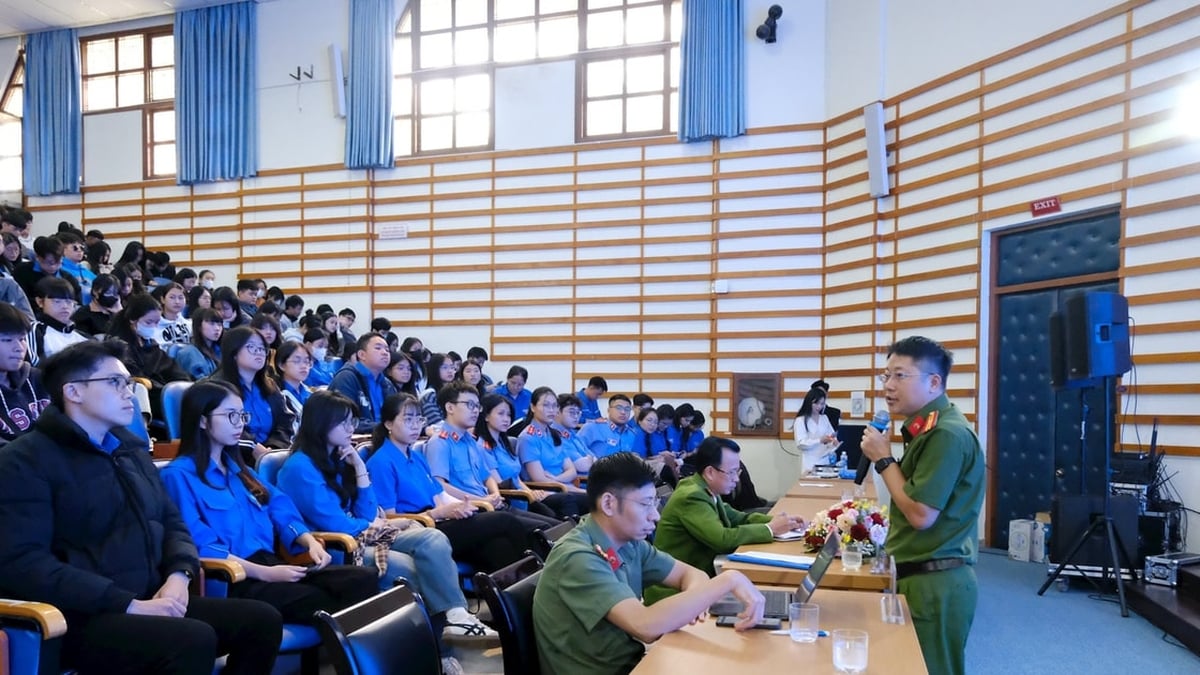
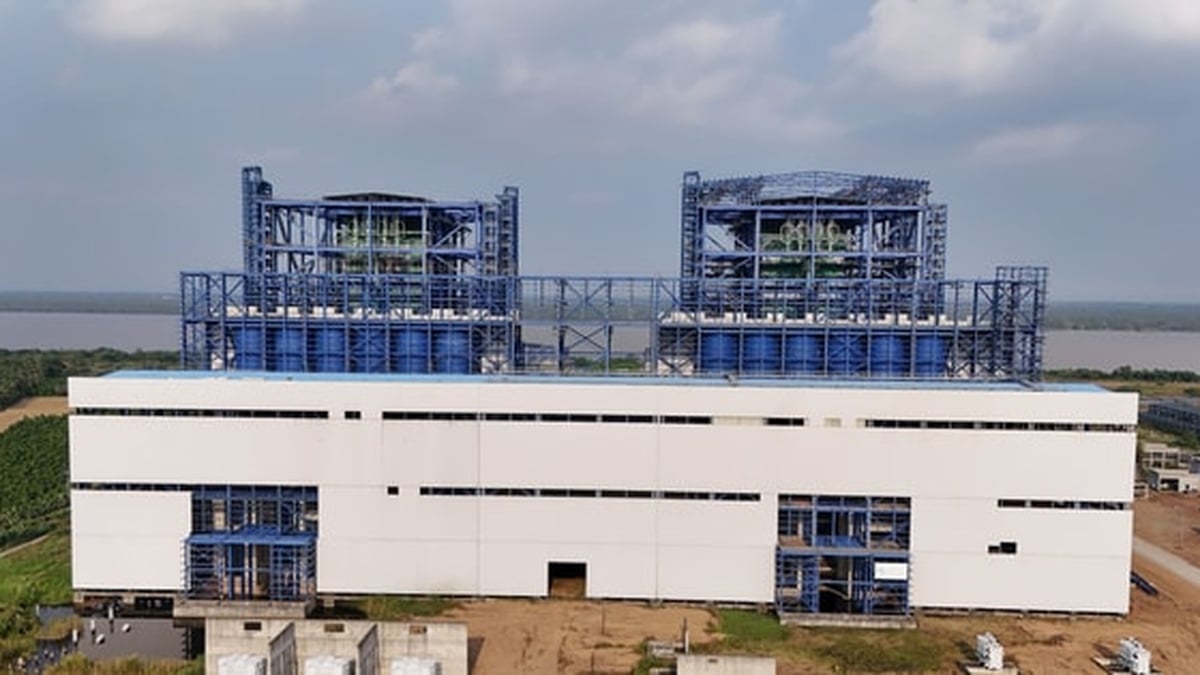










































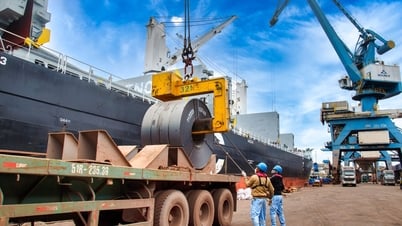



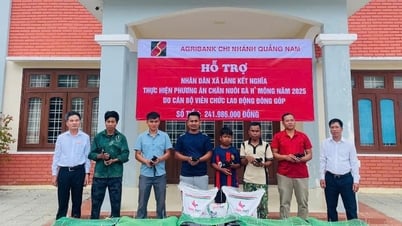


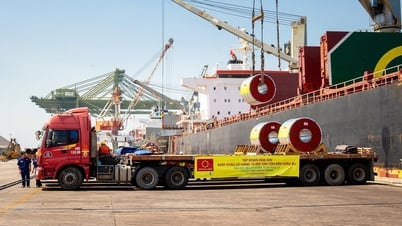















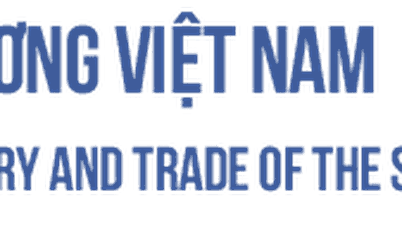

















![[Infographic] In 2025, 47 products will achieve national OCOP](https://vphoto.vietnam.vn/thumb/402x226/vietnam/resource/IMAGE/2025/7/16/5d672398b0744db3ab920e05db8e5b7d)







Comment (0)